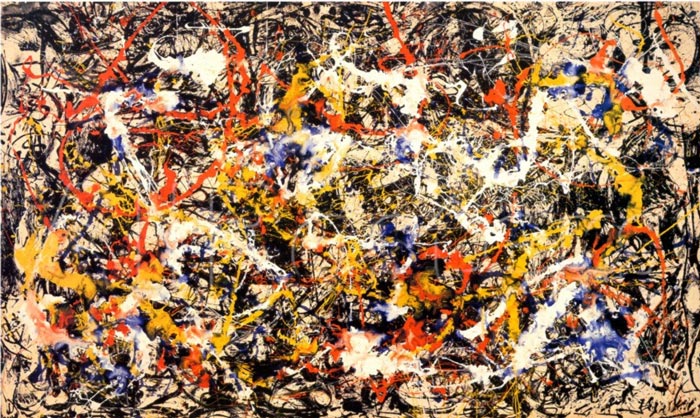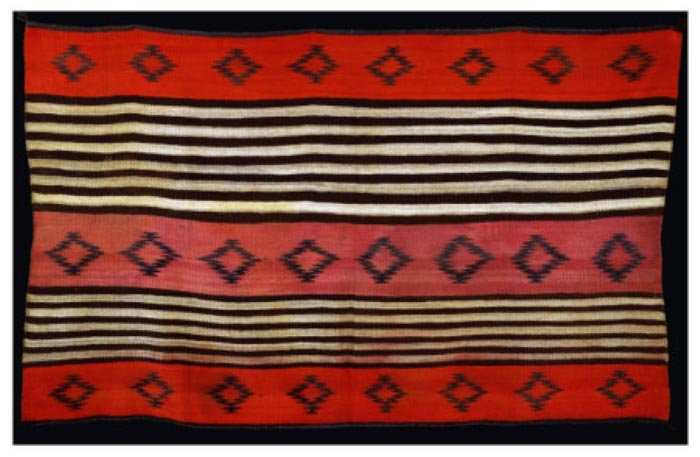How to understand abstract art
Want to learn how to understand abstract art? Let's start with this quote from Jackson Pollock, one of America's most famous abstract painters:
““Abstract painting is abstract. It confronts you. There was a reviewer a while back who wrote that my pictures didn’t have any beginning or any end. He didn’t mean it as a compliment, but it was.””
Convergence
Jackson Pollock
Abstract art allows the viewer to decide what the artwork is about, on a very personal level. Pollock's critic didn't know where to begin in terms of how to understand abstract art. There is nothing to hold onto in terms of interpreting the painting, so you have to open up your intuition and see where the painting takes you. You have to engage with the painting, because it won't tell you what it's about.
If you want to fully appreciate an artwork, it's important to understand the artist's reasoning behind it. On the one hand, a large part of the beauty of art is that we, the viewers, can bring our own meaning and assign our own context to an artwork based upon our memories, personalities and life experiences. We don't need to know exactly what the artwork is supposed to be about in order to feel a deep appreciation for it.
On the other hand, knowing the artist's thought process for creating a certain work of art adds a further layer of meaning and value to each of our individual interpretations of a piece. It might take a bit of extra legwork, but in the end it's definitely worth the effort to read a bit about the artist's intention behind a piece of art. This will further deepen your quest on how to understand abstract art.
All art is created within a certain context. Artists, like their art, are shaped by the era in which they are working. They are influenced by what is happening in society, politics, and the current streams of intellectual thought - intermingled with everyday pop culture and their own daily lives. All of these factors leave impressions on the artist's mind, knowingly or not, and in turn determine the form and direction of the artwork. Nothing exists in a vacuum, and that includes art!
Abstract art has been around since we were cavemen, the earliest known works dating back 70,000 years. In that sense, there is nothing new or radical in contemporary abstract art as we know it. All cultures, from ancient to modern times, have a form of abstract art. Just think of African block-print cloths, intricate Tibetan beadwork, Navajo blankets, Islamic geometric designs - just to name a few. These cultures have been producing their abstract artworks for centuries, before Western art finally began producing its own version.
A Transitional Navajo Woman's Blanket
It's well worth the time to learn how to understand abstract art. Abstract paintings and drawings tap into a fundamental, primitive part of our existence - the part of us that experiences life without words, beyond language, transcending definitions. By utilizing the pure elements of form, color, line, texture, pattern, composition and process, abstract artwork allows artists freedom and flexibility in expressing their world views and inner realities.
Still need help figuring out abstract art? Read How to Understand Abstract Art, Part 1.
Click to return to the Abstract Art Table of Contents, where you can...
If you like my abstract art, check out my printable Abstract Coloring Book with 20 pages of intricate abstract line art to fill in with COLOR!










